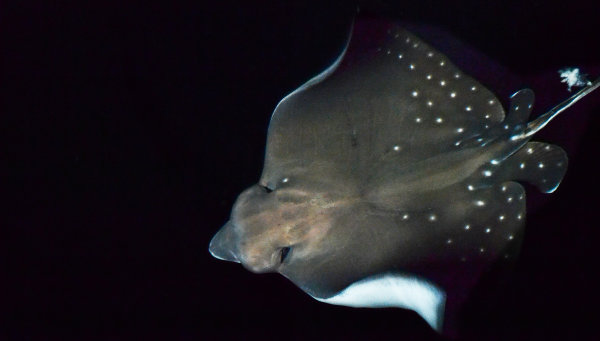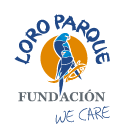Loro Parque celebrates the arrival of two spotted eagle rays (Aetobatus narinari), which were donated by the Burgers’ Zoo in Arnhem (the Netherlands). These animals came directly to the South of Tenerife by plane from the airport of Amsterdam, the Netherlands. They were introduced into the facilities of the aquarium of the park, which contains more than 1,200,000 litres of sea water coming directly from the Atlantic Ocean and is overseen by Xoan Domínguez, conservator for fishes and invertebrates and head of the aquarium team.
These animals are rarely seen. Due to their current conservation status and the shortage of the population throughout Europe, they are found in few aquariums in Europe, among them the Burgers’ Zoo and now also Loro Parque, and this adds to the successful conservation activities carried out in Loro Parque. The population size of this species drastically decreased in the last century and they are threatened due to over-fishing.
With these animals, Loro Parque has now a pair consisting of a male and female with different ancestors and therefore different genes. This is of major importance for a successful breeding programme and for studies of this unique species, which can only be realized with the help of institutions such as Loro Parque.
Loro Parque and the Burgers’ Zoo have collaborated for many years and undertake research and conservation activities for different species. These include the spotted eagle ray and the zebra shark (Stegostoma fasciatum), as well as further different species of soft corals and stony corals.
This species has a flat body with the form of a diamond and is used to spending several hours buried in the sandy substrate. They are notable for the poisonous sting at the top of the tail with which they defend themselves against attackers. The most popular food of the rays includes molluscs in large amounts, steamed mussels, steamed clams, bamboo clams, but also oily fish, squids and prawns – “a delicious and balanced meal which is responsible for the well-being of these animals”, explains Xoan Domínguez.











